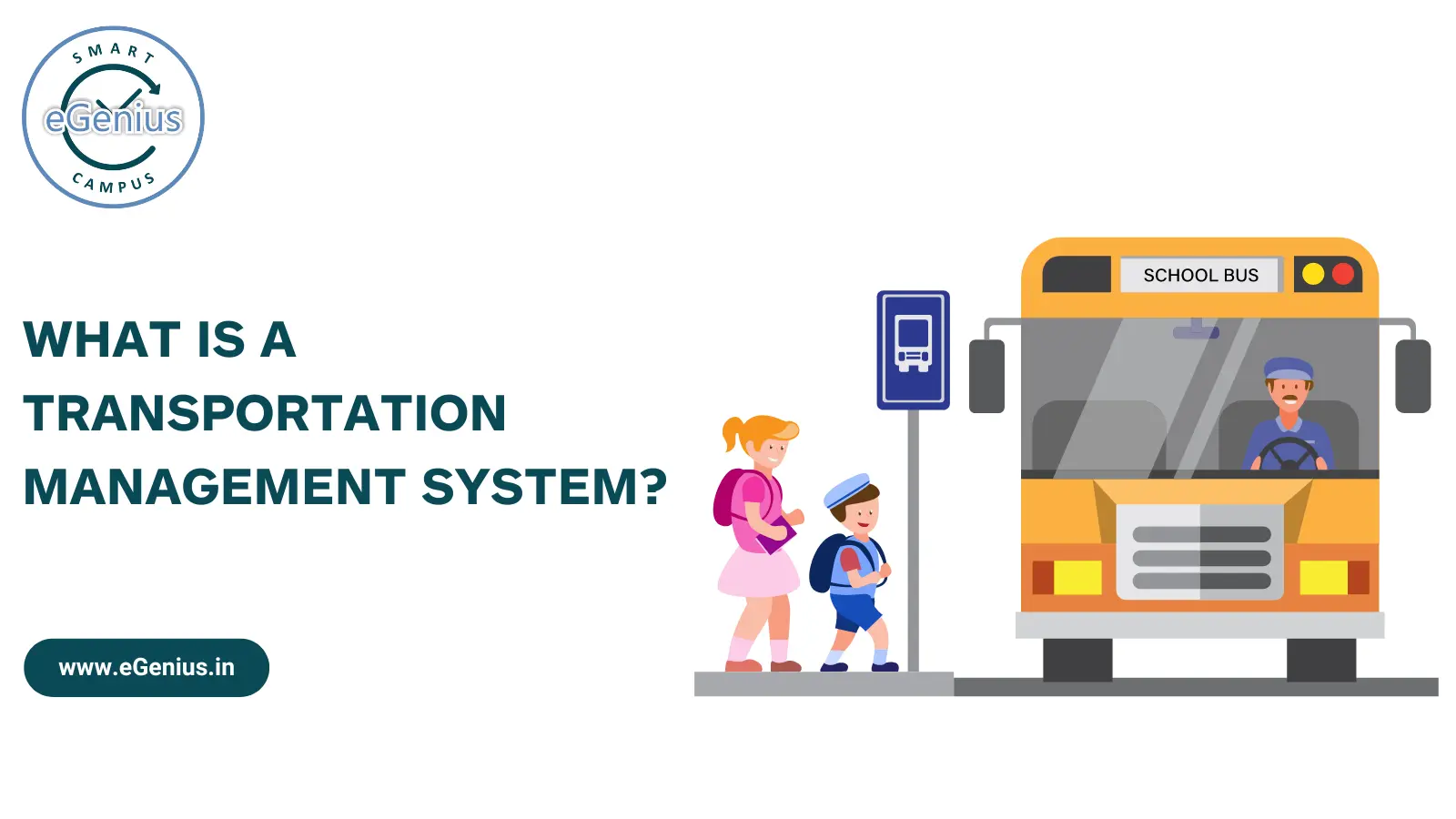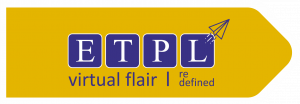In today’s fast-paced world, the need for efficient transportation management has never been more critical. Whether it’s for large corporations or educational institutions, managing transportation effectively can lead to significant cost savings and improved operations. This is where a Transportation Management System (TMS) comes into play. But what exactly is a TMS, and how can it benefit your organization? This blog will delve into the details, offering a comprehensive overview of TMS, its features, benefits, and its role in school transport management.
Understanding Transportation Management System (TMS)
A Transportation Management System (TMS) is a software solution designed to plan, execute, and optimize the physical movement of goods. It ensures that shipments are compliant and that proper documentation is available. In the context of a school, a TMS is instrumental in managing bus routes, tracking vehicles in real-time, ensuring the safety of students, and streamlining communication between the school and parents. The system automates and optimizes the entire transportation process, making it more efficient and reliable.
Key Features of a Transportation Management System
A robust Transportation Management System offers a range of features that streamline and enhance transportation processes. These features include:
1. Route Optimization: A TMS calculates the most efficient routes, saving time and reducing fuel costs. For schools, this means ensuring that buses take the safest and quickest paths to pick up and drop off students.
2. Real-Time Tracking: The system provides real-time visibility into vehicle locations, allowing school administrators and parents to track buses and ensure student safety.
3. Automated Scheduling: A TMS automates the scheduling of transportation, considering factors like bus capacity, distance, and student location. This reduces manual errors and enhances efficiency.
4. Reporting and Analytics: With comprehensive reporting and analytics features, a TMS provides valuable insights into transportation operations, helping schools identify areas for improvement.
5. Communication Tools: Effective communication between schools, drivers, and parents is facilitated by the system, ensuring everyone is informed about any changes or updates in real-time.
Benefits of Implementing a Transportation Management System
Implementing a Transportation Management System offers numerous benefits that go beyond simply managing logistics. Some of the key benefits include:
1. Cost Savings: By optimizing routes and reducing fuel consumption, a TMS significantly lowers transportation costs. Schools can allocate these savings to other essential areas.
2. Improved Safety: Real-time tracking and automated scheduling enhance the safety of students by ensuring buses are on time and taking the safest routes.
3. Enhanced Efficiency: With automated processes and optimized routes, the entire transportation operation becomes more efficient, reducing delays and improving punctuality.
4. Better Communication: The communication tools within a TMS ensure that all stakeholders are informed and up to date, reducing confusion and improving overall satisfaction.
5. Data-Driven Decisions: The analytics and reporting features of a TMS provide valuable data that can be used to make informed decisions and improve transportation management over time.
The Role of TMS in School Transport Management
For schools, managing transportation is a complex task that involves ensuring the safety of students, optimizing bus routes, and maintaining open lines of communication with parents. A Transportation Management System simplifies this process by automating many of the tasks associated with school transport management.
For example, a TMS can help a school bus transportation manager monitor routes, track vehicle locations, and manage driver schedules, all from a single platform. This leads to a more organized and efficient transportation operation, ultimately enhancing the overall safety and satisfaction of students and parents.
Choosing the Right TMS for Your Needs
When selecting a Transportation Management System, it is essential to consider the specific needs of your organization. For schools, this means looking for features that enhance safety, optimize routes, and improve communication. Additionally, it is crucial to choose a system that is easy to use and integrates well with other school management systems.
FAQs
1. What is a school transport management system?
A school transport management system is a specialized TMS designed to manage and optimize the transportation needs of educational institutions. It includes features like route optimization, real-time tracking, and communication tools to ensure the safety and efficiency of student transportation.
2. How does a school bus transportation management system improve safety?
A school bus transportation management system improves safety by providing real-time tracking of buses, optimizing routes to avoid hazardous areas, and ensuring that students are picked up and dropped off at the correct locations.
3. What are the key responsibilities of a school transport manager?
A school transport manager is responsible for overseeing the entire transportation operation, including route planning, vehicle maintenance, driver scheduling, and ensuring the safety of students during transit.
4. How can a TMS benefit a school?
A TMS benefits schools by optimizing transportation routes, reducing costs, enhancing student safety, and improving communication with parents. It streamlines the entire transportation process, making it more efficient and reliable.
5. Why is it important to have a transport management system for school?
Having a transport management system for a school is important because it ensures that student transportation is managed efficiently and safely. It helps in reducing operational costs, improving punctuality, and providing peace of mind to parents.
A Transportation Management System (TMS) is an essential tool for any organization that relies on transportation, including schools. By automating and optimizing transportation processes, a TMS improves efficiency, reduces costs, and enhances safety.
See the difference eGenius can make in your institution’s bus management. Schedule a free demo and learn how our system can enhance safety and efficiency for your institution.














